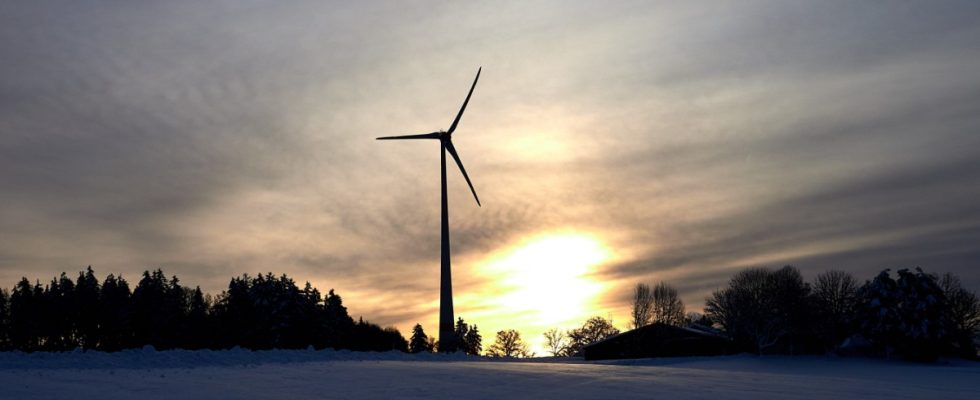According to the Bavarian energy industry, Bavaria’s dependence on electricity imports has continued to increase – especially due to the end of Isar 2 as the last nuclear power plant in the Free State. The electricity generation output, which is available around the clock in the Free State even in the dark and when there is no wind, “decreased significantly” with the nuclear phase-out in April, the Bavarian Energy and Water Industry Association (VBEW) announced on Monday. However, the decline was not quite as strong as feared by the electricity producers’ association before the Isar 2 shutdown.
The secured output was most recently 9.9 gigawatts. The association had predicted a decline to 9.2 gigawatts. Nevertheless, according to the calculations, there remains a large gap in electricity demand, which, according to VBEW, is around 13.5 gigawatts during peak times in Bavaria. Purely based on installed systems, 35.8 gigawatts could be produced in the Free State – especially through more and more photovoltaic systems. However, the majority of this performance depends on the weather and season. Bavaria therefore has to import “significant amounts of electricity”, especially in winter.
In addition to the expansion of photovoltaics and wind power, the main thing now is “to further improve Bavaria’s grid integration and to store the wind and photovoltaic electricity generated in our state in the long term, especially using hydrogen, and to convert it into electricity again if necessary,” said the VBEW managing director Detlef Fischer. According to Fischer, this also requires new gas power plants that are ready to operate with hydrogen – also because electricity consumption in the Free State is expected to continue to rise.

